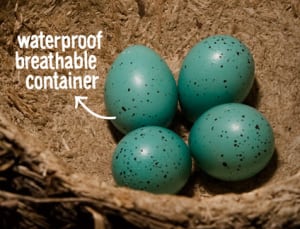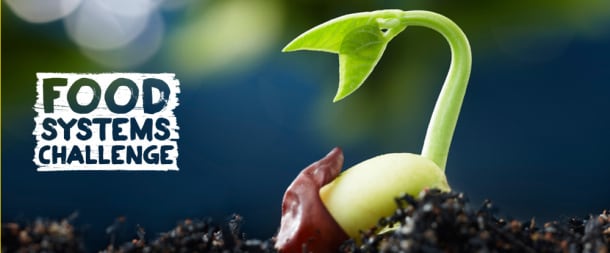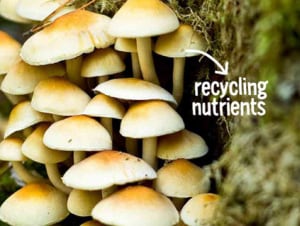Entrepreneurial companies and individuals that think the answer is yes are being invited to submit their ideas in a global challenge launched by the Biomimicry Institute and the Ray C. Anderson Foundation.
Applicants are“invited to submit commercially viable, nature-inspired solutions to our global food system challenges,” said Janine Benyus, biologist, author and founder of the Biomimicry Institute.
“Our goal is to show how modeling nature can provide viable solutions to reduce hunger, while creating conditions conducive to all life. And we want to get those solutions to market as quickly as possible.”

So what kind of thing are the judges looking for?
The remit is very broad, and could cover everything from new ways to tackle food waste, improve water or energy efficiency, to products or processes that return waste nutrients to the soil, protect biodiversity, or protect food post-harvest.
Examples include:
- Wakati (inspired by honeybees and plants, a low-cost evaporative cooler to keep fruits and vegetables fresh following harvest);
- Work by the Land Institute to explore how polycultures could replace monocultures (perennial grains grown in mixtures, creating ecosystems that reflect the resilience and productivity of prairies;
- The ultra-light but strong Vitalis PET water bottle from Logoplaste, the spiral pattern of which was inspired by alpine trees (spiralgrained materials deflect, or bend, more than straight-grained materials);
- WikiPearls edible packaging from WikiFoods inspired by the skins of fruits and vegetables;
- Home compostable Mushroom Packaging - oil-free bioplastic packaging based on mycelium, a living organism.

How to get involved

The deadline for submissions - which must involve a technology, product, service, or process that addresses a challenge related to improving the food system - is August 3.
Each entry must show a clear connection between a biological mechanism, process, pattern, or system, and the technological solution submitted (ie. the solution must emulate a natural model).
The top concepts will then be selected in October, with $50,000 in seed money going to the finalists. Then, with the support of a global network of mentors, finalists will spend the next few months completing their functional prototype, returning in May 2016 to compete for the $100,000 grand prize.
For more information, click here.
